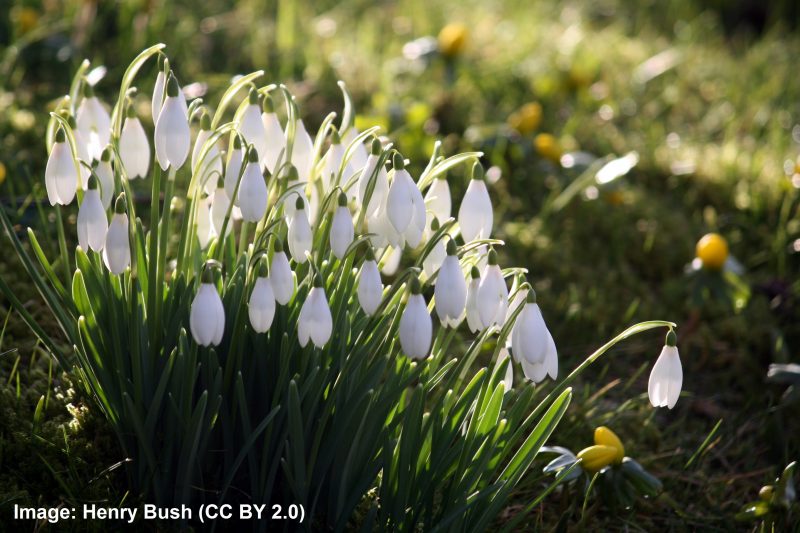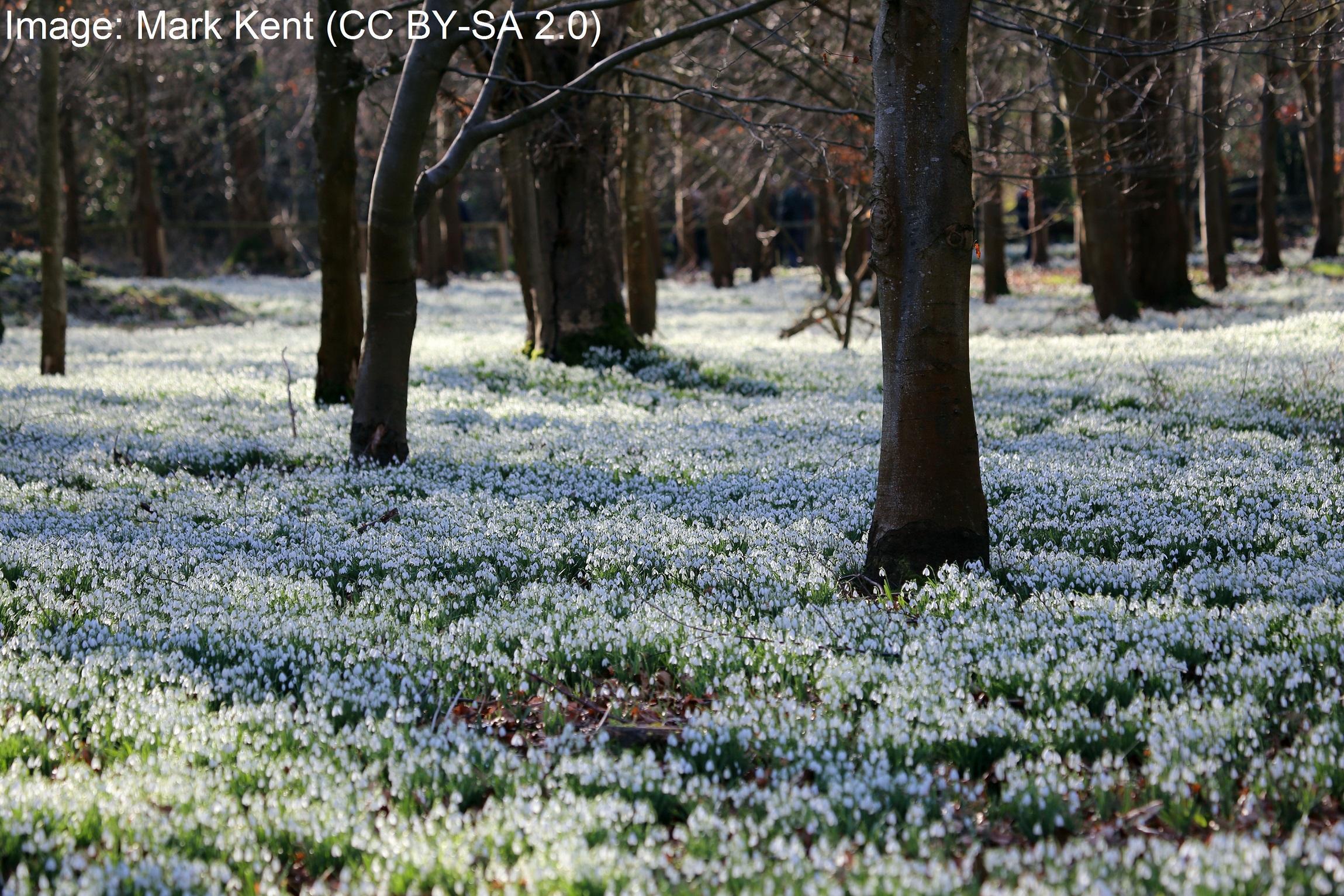A walk among the snowdrops

It’s February and, after the long winter, we’re beginning to see reassuring signs that spring is soon to come to the Westcountry…
The evenings are lighter, lambs poke their heads through the fences along the road to the office and, over the last few weeks, we’ve seen flowers shoot up from the earth, adding splashes of colour to the banks of our rivers.
Among these riverside flowers, the snowdrop is a personal favourite.
Although snowdrops are not native to the British Isles, these pearly white flowers are a well-established part of our landscape and are a regular sight in the dappled light of our woodland, as well as along riverbank.

Elly Greenway
Evidence and Engagement Officer
The best places to see snowdrops
Here in the Westcountry, we are lucky to have countless beautiful snowdrop displays on our doorstep. Why not spend a crisp February day admiring the scenery at Snowdrop Valley, Pencarrow House or East Lambrook?
Another great way to make the most of the snowdrop season is to look out for the National Gardens Scheme Snowdrop Gardens. In the Westcountry, these can be found at The Mount, Delamore (Ivybridge), Elworthy Cottage (Taunton), Sherborne Garden (Radstock) and Higher Cherubeer (Winkleigh).
What to look for…?

Snowdrops are difficult to miss with their distinctive white petals hanging like tiny lampshades over delicate stems. Snowdrops often form white carpets stretching out across our stunning Westcountry countryside and are one of the most beautiful reminders that winter is finally drawing to a close.
The best time to see snowdrops
Research at Kew Gardens is looking into changes in the flowering times of snowdrops in Britain. While in the 1950s snowdrop flowers couldn’t be seen until the end of February, flowering snowdrops have become a regular January scene over the last twenty years.
Look out for these milky flowers in January and February.
A little snowdrop trivia
- Snowdrops have a number of surprising uses. Snowdrop lectin acts as an insecticide against beetles, butterflies, moths and aphids and researchers are looking into its potential to treat HIV. Snowdrops are also being used in some countries to manage Alzheimer’s disease.
- The snowdrop’s scientific name Galanthus nivalis means snowy (nivalis), milk (gála) flower (ánthos).
